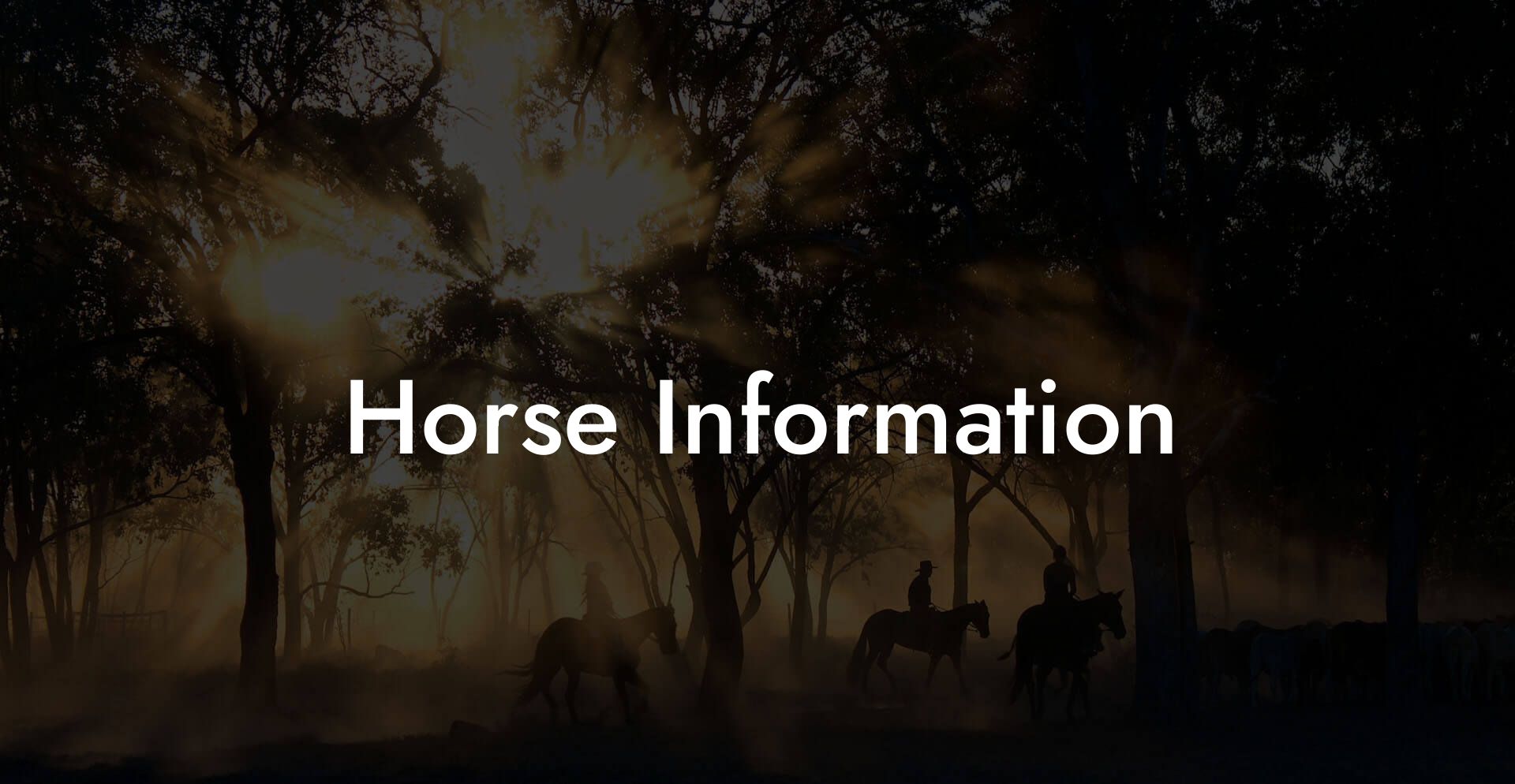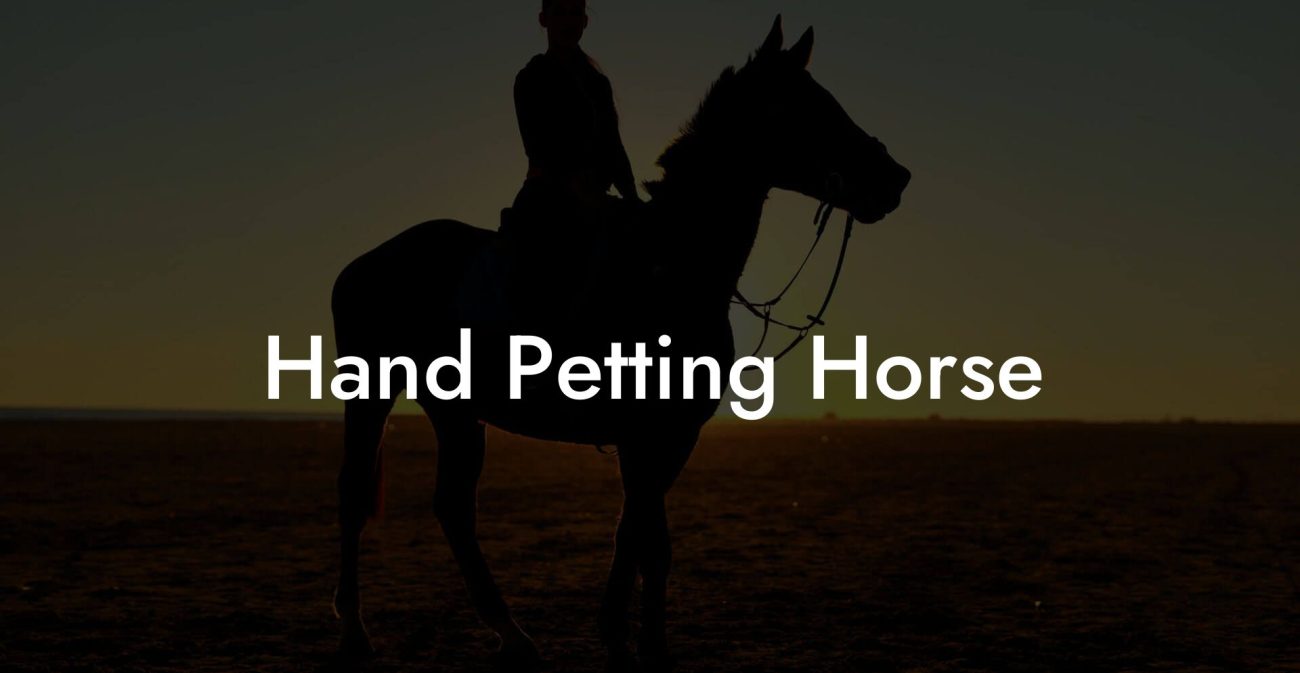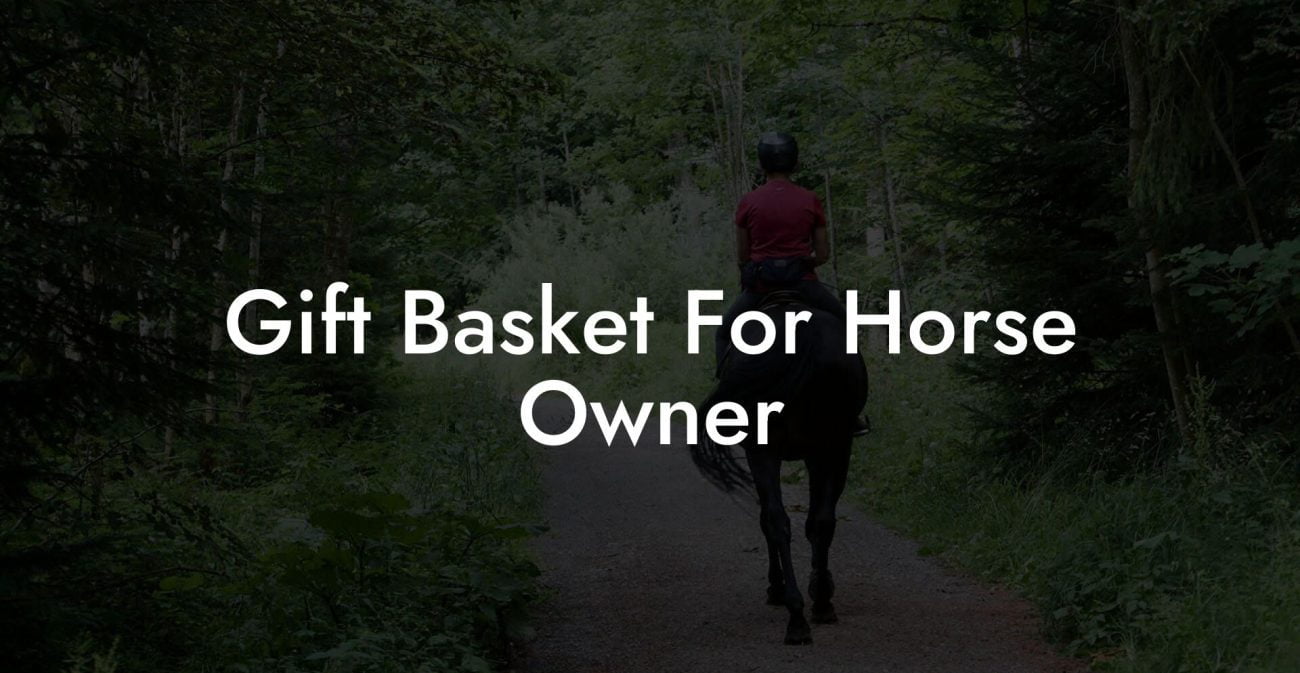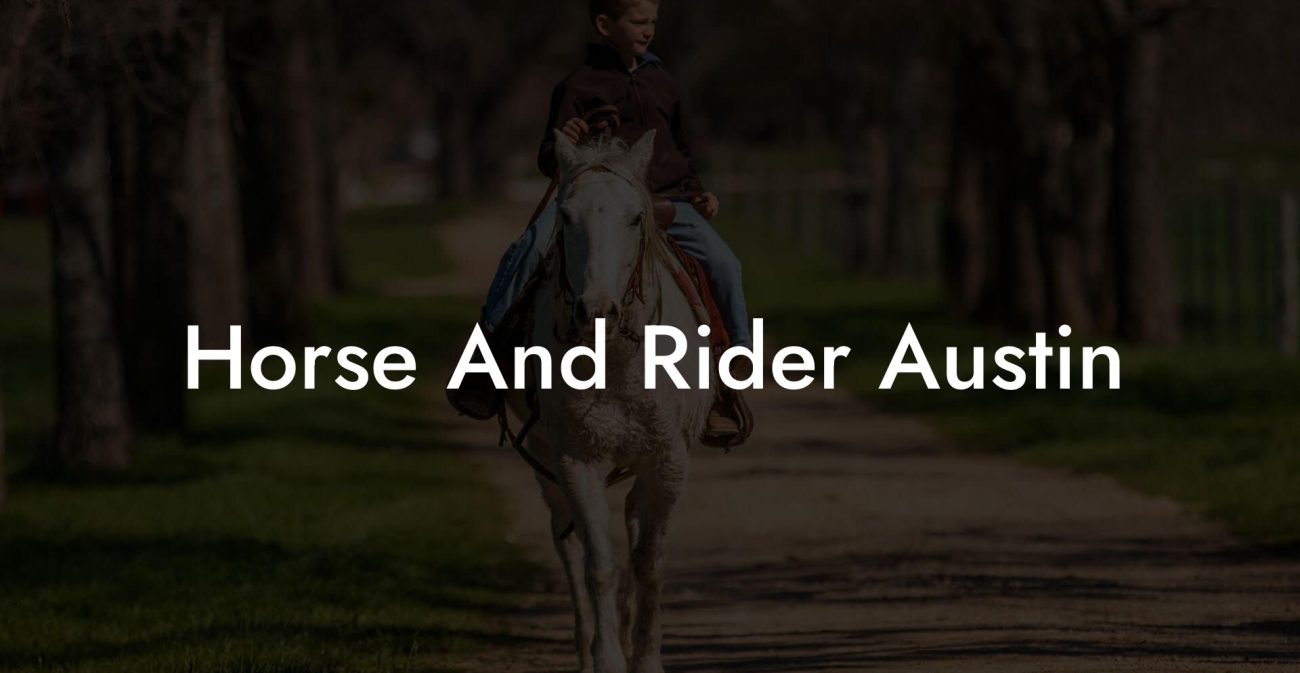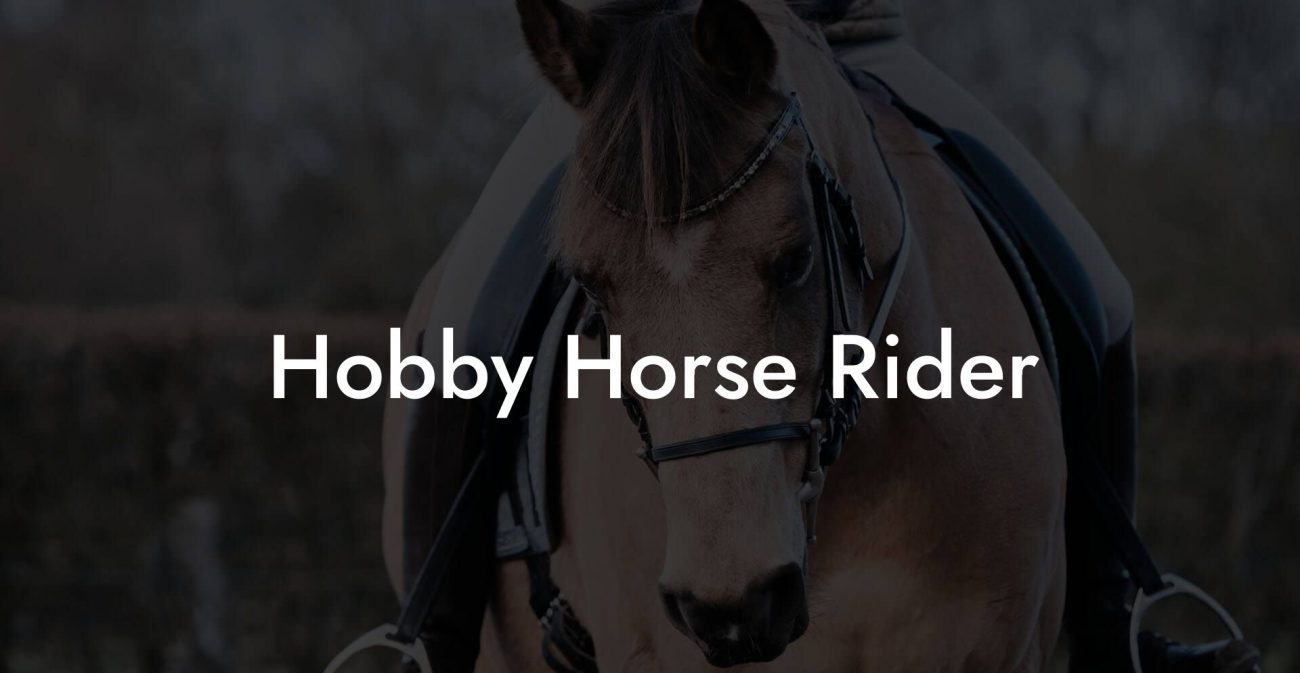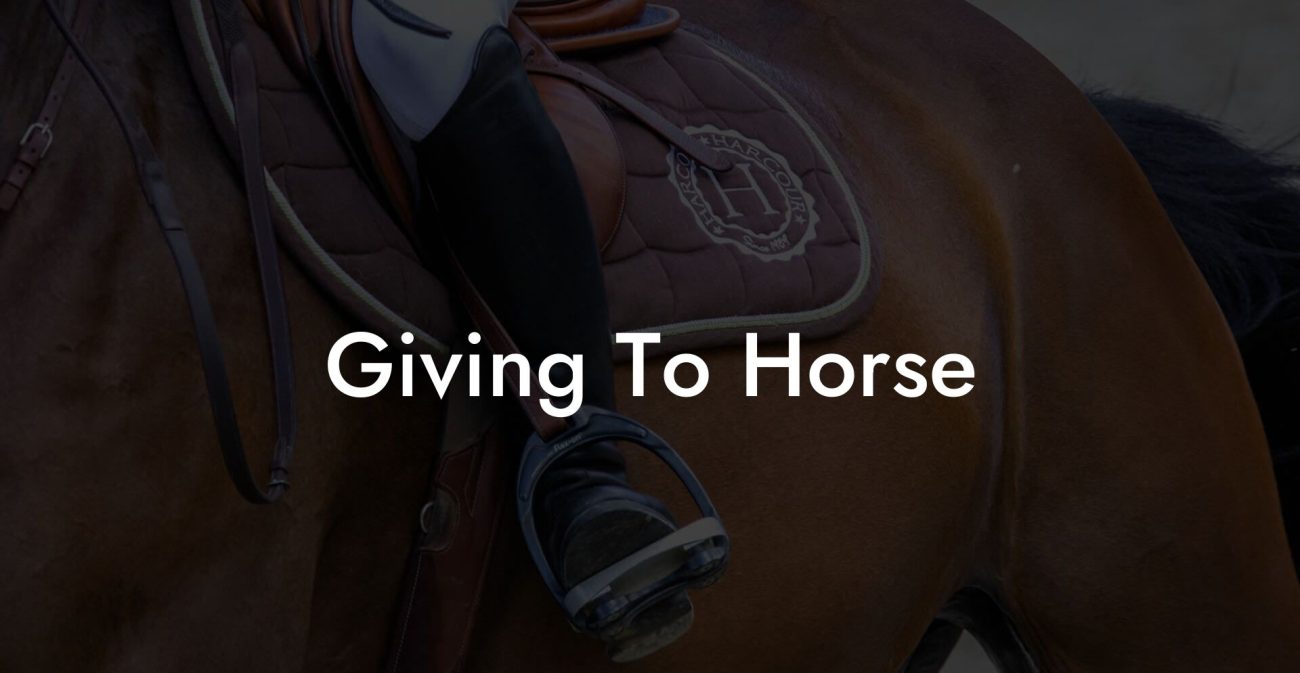Ever found yourself fangirling over that majestic creature galloping through your Instagram feed, only to realize you have little clue about the real-deal horse care? Grab your favorite artisanal latte and buckle up, because we’re diving into the ultimate guide on horse information that’s equal parts practical, hilarious, and a little rebellious, a must-read for Gen-Z and millennial horse enthusiasts looking to level up their equine care game!
Quick Links to Useful Sections
- Horse Anatomy and Understanding Your Equine Friend
- Feeding Your Champion: nutrition Tips for Modern Horse Parents
- Fresh Forage and Pasture Time
- Balanced Concentrates and Supplements
- Hydration Nation
- grooming 101: Keeping Your Horse Looking Swaggy
- Daily Grooming Rituals
- Mane and Tail Care
- Hoof Care: The Foundation of Equine Style
- Stable Management: Creating a Safe and Stylish Haven
- Designing the Perfect Stable
- Regular Cleaning and Maintenance
- Creating a Stimulating Environment
- Exercise and training: Get Your Horse in the Groove
- Groundwork: Building a Strong Foundation
- Riding Techniques for Every Level
- Incorporating Modern Technology
- Health and Veterinary Care: Keeping Hooves and Hearts Healthy
- Routine Health Checks
- Understanding Equine First Aid
- Specialized Treatments and Therapies
- Understanding Equine Behavior: Decoding the Language of Your Horse
- Body Language and Communication
- Establishing Mutual Respect
- Training Techniques Focused on Behavior
- Safety Precautions: Riding with Confidence in a Modern World
- Protective Gear for You and Your Horse
- Trail Safety and Environmental Awareness
- Emergency Preparedness
- Resources and Community Support: Your Next Steps
- Online Communities and Social Media
- Local Clubs and Riding Academies
- Continuing Education and Workshops
- Trusted Publications and Blogs
- Stepping Up Your Equine Game: Building a Personalized Care Plan
- Step 1: Evaluate Your Equine Environment
- Step 2: Set Clear, Trendy Goals
- Step 3: Integrate Best Practices
- Step 4: Seek Out Continuous Learning
- Step 5: Monitor, Reflect, and Adapt
- Frequently Asked Questions About Horse Care
- Your Journey to Confident Equine Care
Horse Anatomy and Understanding Your Equine Friend
Before you can rock the role of a horse whisperer, it’s essential to get acquainted with your four-legged superstar’s unique anatomy. Unlike your average housecat or Instagram-famous pug, horses are built for endurance, strength, and a serious dose of style. Their anatomy isn’t just fascinating, it’s the blueprint for effective horse care.
The equine body is designed with power and grace:
- The Head and Sensory Organs: Your horse’s head is not only adorable but also a heavily sensory hub. With large eyes positioned on the sides, horses have an almost panoramic view, perfect for spotting snacks or potential threats. Their ears swivel like tiny radars, picking up whispers of conversation even when you’re not listening.
- The Neck and Withers: The neck supports their head and connects seamlessly to the shoulders. At the top of the neck, the withers are crucial for saddle fitting, a must-know if you’re looking to ride in style without causing discomfort.
- The Body (Torso): A horse’s body is a marvel of engineering, designed to support powerful muscles and a robust digestive system. This is where the magic happens: from converting grass to energy to sustaining long races and showing off those impressive leaps.
- Legs and Hooves: Horses basically live on their legs. Their legs combine strength and agility, supporting rapid sprints and graceful walks over rugged terrain. Hooves, the unsung heroes, are akin to tires on a high-performance vehicle, regular care keeps them in peak condition.
Knowing the ins and outs of equine anatomy isn’t just academic, it’s the first step to ensuring your horse stays healthy, comfortable, and always ready to rock a trail ride.
Feeding Your Champion: nutrition Tips for Modern Horse Parents
Let’s face it, if there’s one thing we Gen-Z and millennials rave about, it’s food. While your avocado toast might be Instagram-worthy, the nutrients your horse needs to gallop into greatness involve a bit more than a trendy diet. Proper nutrition is the foundation of a happy, healthy horse.
When it comes to horse feeding, here are some golden guidelines:
Fresh Forage and Pasture Time
Horses are natural grazers, and nothing beats the taste of fresh pasture. A diet rich in high-quality hay and fresh grass not only pays homage to their ancestral roots but also aids digestion and provides essential nutrients. Pro tip: Rotating pasture areas not only ensures a varied diet but also helps prevent overgrazing and pesky parasites.
Balanced Concentrates and Supplements
Sometimes, the pasture isn’t enough to fuel your horse’s inner champion. Concentrates, grains, pellets, or specially formulated feeds, provide that extra oomph, especially during heavy work or in seasonal feed shortages. Supplement your horse’s diet with vitamins and minerals to ensure they get a balanced fare. Key nutritional terms to keep on your radar include “equine feed,” “horse nutrition,” and “balanced horse diet.”
Hydration Nation
Just like you wouldn't run a marathon without your favorite iced coffee, horses need plenty of clean, fresh water to stay in top shape. Proper hydration supports digestion, nutrient absorption, and overall health. In colder months, consider heated water sources to keep your horse properly hydrated.
Remember: A well-fed horse is a happy horse, ready to take on challenges from trail rides to competitive arenas. Feed smart, and your equine partner will thank you with joyful trots and spirited whinnies.
grooming 101: Keeping Your Horse Looking Swaggy
If horses could post selfies, you’d bet they’d flaunt a shiny, well-groomed mane and a pristine coat. Grooming isn’t just about aesthetics, it’s a vital part of equine health that keeps your horse comfortable and helps you bond with your equine BFF.
Here’s your crash course in grooming:
Daily Grooming Rituals
Make grooming a daily ritual; think of it as the equivalent of your morning skincare routine, but for a horse. Brushing removes dirt, distributes natural oils, and keeps the coat healthy. Use a variety of brushes, soft brushes for the coat, a curry comb for stimulating blood flow, and a mane comb for those tangles, to ensure every inch of your horse is well cared for.
Mane and Tail Care
Your horse's mane and tail deserve special attention, especially if you’re aiming for that influencer-level mane. Regular washing and detangling prevent knots and reduce the risk of skin issues. Use conditioners specifically formulated for horses to add moisture and shine.
Hoof Care: The Foundation of Equine Style
Just like a trendy pair of kicks can make or break your outfit, a horse’s hooves are crucial. Regular cleaning and inspections are paramount, scoop out debris and check for cracks or signs of infection. Schedule regular farrier visits for trimming and shoeing. Keywords like "equine hoof care," "horse grooming tips," and "stable management" are integral to keeping your horse looking and feeling top-notch.
Grooming is more than a chore, it’s a ritual that nurtures both the physical and emotional connection between you and your horse. So grab that brush, crank up your favorite playlist, and enjoy this quality time with your majestic companion.
Stable Management: Creating a Safe and Stylish Haven
Just as you wouldn’t live in a messy apartment, your horse deserves a stable that’s as chic as it is functional. Stable management is about creating an environment that promotes safety, health, and a sprinkle of style.
Designing the Perfect Stable
A well-designed stable is the backbone of excellent horse care. Ensure there’s adequate ventilation, proper drainage, and enough space for your horse to move around comfortably. Consider eco-friendly, sustainable materials that not only look cool but also contribute to a healthier environment for your horse.
Regular Cleaning and Maintenance
Keeping the stable clean isn’t just about aesthetics, it’s about preventing illnesses and parasites. Establish a routine cleaning schedule that includes:
- Daily removal of manure and soiled bedding.
- Weekly deep cleaning of stalls and common areas.
- Regular inspection for mold, mildew, and any potential hazards.
These simple measures ensure that your horse lives in a sanitary environment that supports their overall health and well-being.
Creating a Stimulating Environment
Horses are smart, social animals that thrive on mental stimulation. Incorporate elements like safe toys, mirror installations, or even scheduled turnout sessions to keep boredom at bay. A happy horse in a lively environment is a recipe for a strong bond between you and your animal.
Exercise and training: Get Your Horse in the Groove
Whether your horse is a seasoned competition star or an aspiring trail blazer, regular exercise and training are non-negotiable. This section covers everything from simple groundwork to advanced riding techniques, all delivered with a sprinkle of humor and a dash of Gen-Z energy.
Groundwork: Building a Strong Foundation
Groundwork isn’t just for show, it’s the cornerstone of a well-behaved, confident horse. Simple exercises like leading, lunging, and basic obstacles lay the groundwork for more advanced training. These activities build mutual trust and set the stage for smooth riding sessions.
Riding Techniques for Every Level
Whether you’re a first-timer or a seasoned rider, fine-tuning your riding style is essential. Here are a few tips to keep in mind:
- Start Slow: Even the best influencers started with their first post. Begin with short rides and gradually increase intensity.
- Mind Your Posture: Like a perfectly curated outfit, proper posture makes all the difference. Keep your core engaged, shoulders relaxed, and back straight.
- Communication is Key: Use clear, consistent cues when riding. A gentle squeeze of the reins or subtle shifts in weight can go a long way in guiding your horse.
- Explore Different Terrains: Variety is the spice of life! Mix your training routine with trail rides, arena work, or even fun ground challenges to keep both you and your horse engaged.
Incorporating Modern Technology
In a world ruled by smart gadgets, why not use technology to enhance your training sessions? From wearable trackers to mobile apps that monitor your horse’s performance, tech can help you refine techniques, track progress, and even predict potential injuries. Terms like “equine fitness tracker” and “horse training app” are becoming more mainstream as technology and tradition converge in the world of horse care.
Regular and varied exercise not only boosts physical health but also sharpens your horse’s mental acuity, ensuring a harmonious ride every single time.
Health and Veterinary Care: Keeping Hooves and Hearts Healthy
Even the coolest horses need a little TLC from time to time, and that’s where professional health and veterinary care come into play. A proactive approach to equine health can save you from emergency vet visits (and a lot of stress) down the line.
Routine Health Checks
Scheduled veterinary check-ups aren’t just for the elderly, regular examinations help catch potential issues before they escalate. From dental care to vaccinations and parasite control, a routine health check is the best way to ensure your horse stays in peak shape.
Understanding Equine First Aid
Accidents can happen, even on the most scenic trails. Knowing the basics of equine first aid, like how to handle cuts, strains, or colic emergencies, empowers you to act quickly and effectively. Keeping a well-stocked first aid kit is a must, and there are plenty of online resources and workshops that can turn you into a horse care ninja.
Specialized Treatments and Therapies
For horses dealing with chronic pain or specific ailments, advanced treatments such as acupuncture, physiotherapy, and hydrotherapy might be recommended. Integrating these therapies into your horse’s care routine can significantly improve their quality of life. Keywords such as “equine rehabilitation” and “holistic horse care” come into play when exploring these innovative treatment options.
A partnership with a trusted veterinarian ensures that your horse’s health is monitored and maintained with precision, paving the way for a long, active, and joyful life.
Understanding Equine Behavior: Decoding the Language of Your Horse
Horses are social, sensitive creatures with their own quirky personalities and communication styles. Understanding their behavior is key to building trust and ensuring safety. Whether you're deciphering a friendly nicker or a not-so-friendly stomp, learning the language of your horse can make all the difference.
Body Language and Communication
Much like texting slang that evolves over time, horse behavior has its own set of signals. From lob-sided ear positions to tail swishes, each gesture is a window into your horse’s mood. For instance, pinned-back ears or a tucked tail might signal discomfort or fear, while a relaxed stance and gentle nicker indicate contentment.
Establishing Mutual Respect
Building a respectful relationship with your horse is reminiscent of forming a strong friendship, trust is earned over time. Start with consistent routines, positive reinforcement, and plenty of head pats (if they’re into that). The more you understand each other’s signals, the stronger your bond will become.
Training Techniques Focused on Behavior
Modern training strategies emphasize patience, empathy, and clear communication. Incorporating techniques such as clicker training can be incredibly effective in teaching new skills and reinforcing positive behavior. As you become adept at reading your horse’s signals, you’ll notice that training sessions turn into engaging, dynamic interactions rather than stressful transactions.
Safety Precautions: Riding with Confidence in a Modern World
Whether you’re embarking on a sunrise trail ride or competing in a dressage event, safety should be your #1 priority. Equine adventures are exhilarating, but they require a healthy dose of caution, with a side of street-smart savvy.
Protective Gear for You and Your Horse
For the rider, investing in quality helmets, boots, and appropriate riding attire is non-negotiable. For your horse, proper saddle fit, leg protection, and even reflective gear for early morning or late evening rides ensure that both of you stay safe. Think of it as being on the cutting edge of fashion, where functionality meets style.
Trail Safety and Environmental Awareness
Understanding your riding environment is crucial. Whether you’re navigating busy trails or remote backroads, having an emergency plan, knowing basic navigation, and checking weather updates are all part of riding smart. Keep your phone charged, share your itinerary with a buddy, and always carry a first aid kit, digital tools and apps for trail mapping can be your best friends during these adventures.
Emergency Preparedness
Despite the best preparation, unexpected situations can arise. Familiarize yourself with emergency procedures, have a reliable communication device, and consider taking a first aid course. When you’re confident in your ability to handle the unplanned, every ride becomes a more enjoyable experience.
Resources and Community Support: Your Next Steps
Equine care doesn’t have to be a solo journey. In our hyper-connected digital age, a wealth of resources and communities are just a click away, ready to support you on your quest to become the ultimate horse caretaker.
Online Communities and Social Media
Platforms like Instagram, TikTok, and specialized equine forums are gold mines for tips, tutorials, and heartwarming success stories. Follow popular hashtags such as #HorseCare, #EquineLife, and #StableVibes to join a global community of horse enthusiasts who share practical advice with plenty of personality.
Local Clubs and Riding Academies
Don’t underestimate the power of local support. Whether you’re a city slicker or living in the boonies, local riding clubs and stables offer hands-on workshops, training sessions, and even community events where you can meet like-minded individuals who are passionate about horse care.
Continuing Education and Workshops
Invest in your knowledge, look for webinars, online courses, and workshops at community colleges or equestrian centers. By continually upgrading your horse care skills, you not only enhance your own capabilities but also contribute to the broader community of equine enthusiasts.
Trusted Publications and Blogs
Explore blogs, magazines, and YouTube channels dedicated to equine health, nutrition, and training. Staying informed on the latest research and trends gives you a competitive edge in both caring for your horse and sharing that knowledge with peers.
The world of horse care is vibrant, expansive, and as interconnected as your favorite social network. So don’t hesitate to reach out, collaborate, and grow with a community that’s as passionate about these noble beasts as you are.
Stepping Up Your Equine Game: Building a Personalized Care Plan
Crafting a personalized horse care plan is a remix of art, science, and intuition, the perfect blend for a modern horse parent. Here are some actionable steps to get you started on your bespoke equine care journey:
Step 1: Evaluate Your Equine Environment
Begin by assessing your horse’s living space, diet, exercise routine, and grooming regimen. Whether they’re stabled in a barn or enjoying the wide-open pastures, understanding your horse’s current habitat is key.
Step 2: Set Clear, Trendy Goals
It’s time to define what success looks like for you and your horse. Are you aiming for improved performance in the arena, a healthier coat, or a stress-free daily routine? Outline your objectives and create measurable milestones to track progress.
Step 3: Integrate Best Practices
Combine modern techniques with tried-and-true methods. Incorporate daily grooming, balanced nutrition, structured exercise, and regular veterinary check-ups into one cohesive routine. Use digital planners or equine care apps to keep your schedule on point.
Step 4: Seek Out Continuous Learning
The world of equine care evolves faster than the latest viral TikTok trend. Stay updated with research, attend workshops, and participate in online forums. This continuous learning not only boosts your knowledge but also keeps your horse care routine innovative.
Step 5: Monitor, Reflect, and Adapt
Keep a detailed log of your horse’s progress, diet changes, exercise routines, grooming schedules, and behavioral shifts. Regular monitoring will help you catch any issues early and adjust your approach for continuous improvement.
Personalizing your care plan empowers you to create a thriving environment where your horse can truly shine. This roadmap isn’t just a set of guidelines, it’s your creative journey toward becoming an empowered, knowledgeable, and confident horse parent.
Frequently Asked Questions About Horse Care
Below are some of the questions most commonly asked by horse enthusiasts, along with clear, no-nonsense answers to help you navigate the world of equine care.
1. What are the essential components of a balanced horse diet?
A balanced diet for a horse typically includes abundant forage (fresh grass or hay), a measured portion of concentrate feed, and access to clean water. Supplements may be added as needed to supply essential vitamins and minerals.
2. How often should I groom my horse?
Daily grooming is ideal. Routine brushing, mane and tail care, and periodic hoof cleaning not only keep your horse looking great but also help monitor any signs of health issues.
3. What are some common signs of equine distress or illness?
Watch for changes in behavior such as lethargy, loss of appetite, changes in coat condition, unusual swelling, or lameness. Regular veterinary check-ups can help catch these issues early.
4. How can I prevent hoof problems?
Regular cleaning, inspections, and professional farrier visits are key. A well-maintained hoof routine helps to prevent issues like cracks, infections, and other foot-related problems.
5. Is it necessary to use high-tech equine gadgets in horse care?
While not mandatory, modern technology such as equine fitness trackers and mobile apps can provide valuable insights into your horse’s health and help tailor a more effective care plan.
6. How do I choose the right stable environment for my horse?
Consider factors such as space, ventilation, drainage, and safety. A clean, well-organized stable with adequate turnout time will enhance your horse’s physical and mental well-being.
7. What steps should I take in an equine emergency?
Remain calm, assess the situation, and if necessary, contact your veterinarian immediately. It’s wise to have a well-stocked first aid kit and a clear emergency plan in place.
8. Where can I find more resources on advanced horse care techniques?
Look for reputable equestrian blogs, participate in local riding clubs, and explore online courses. Social media groups dedicated to horse care are also a valuable resource for continuous learning.
Your Journey to Confident Equine Care
Embracing the role of a modern horse caretaker is as much about cultivating passion as it is about practical know-how. With a well-rounded approach covering everything from the basics of equine anatomy to advanced training techniques and digital technologies, you’re on track to building a lasting, rewarding relationship with your horse.
Whether you’re fine-tuning your stable management, perfecting grooming rituals, or exploring innovative nutritional trends, remember that every step taken is one closer to a flourishing equine partnership. Your journey is uniquely yours, full of dynamic challenges, awesome breakthroughs, and heartwarming moments that remind you why you fell in love with horses in the first place.
So, mix your curiosity with creativity, add a dash of humor, and never stop learning. The world of horse care is evolving every day, and you now have the tools and insights to be at the forefront of this vibrant community. Here’s to confident equine care, unforgettable rides, and the joy of nurturing one of nature’s most magnificent creatures.
Get ready to gallop into a future where caring for your horse is more than a routine; it’s a lifestyle that’s as dynamic, bold, and innovative as you are.

